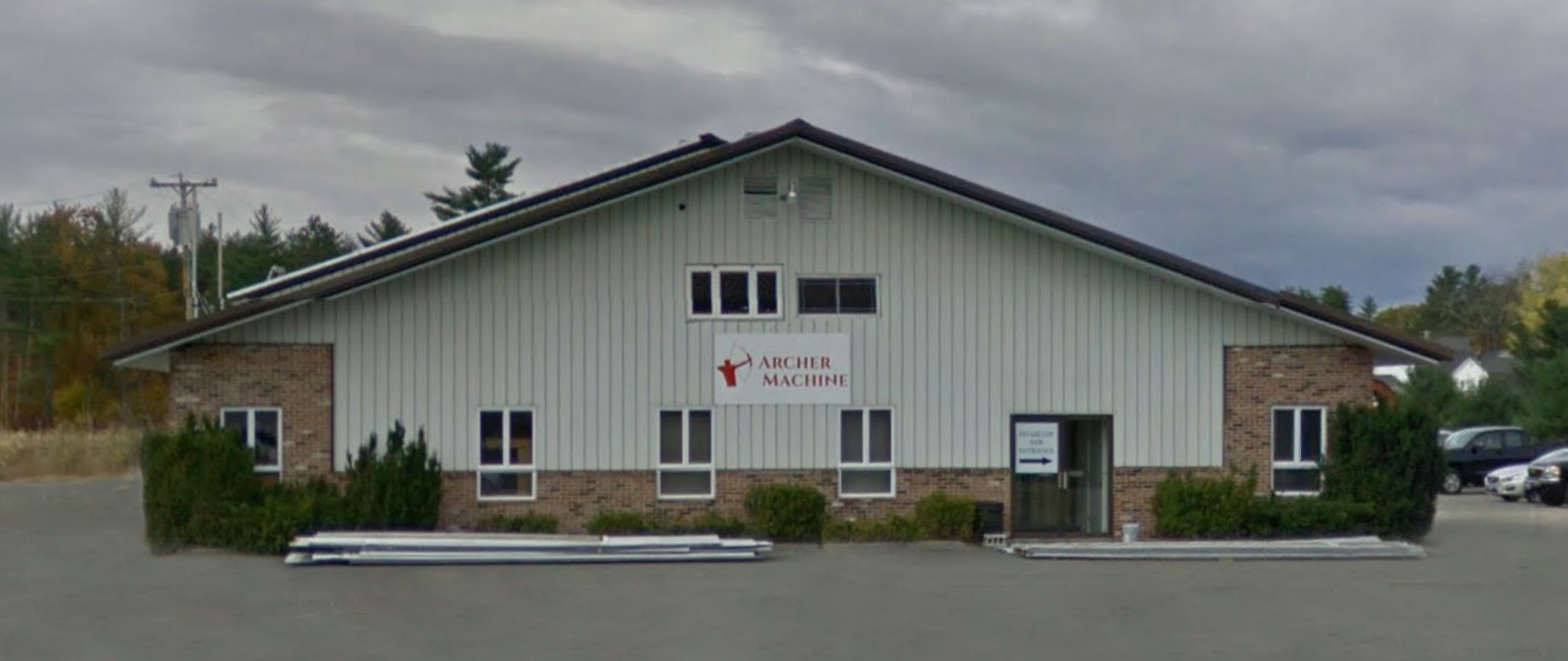Top 7 Tips on Machining Inconel, Hastelloy, Monel and other Nickel Alloys
- Rigidity, rigidity, rigidity. Maybe that's 3 but I'm going to call it one. Machine rigidity, fixture rigidity, and tooling rigidity. We still run older Mitsui Seiki horizontal mills and older Mori Seiki lathes because they are so rigid. They weight twice as much as new machines and all have box ways. Sometimes there is no substitute for rigidity. If the machine isn't rigid nothing is going to be.
- Get under the skin. These materials work harden and being able to cut a chip load large enough to get under that work hardened zone increases metal removal rate. See note 1 if you can't seem to increase your chip load.
- Correct application of ceramics. Ceramic turning and ceramic milling drastically increases metal removal rate in roughing operations but requires experience. These are great tools for production parts when a statistical analysis of tooling cost vs labor can be made. Ceramics are not the right tool for the job in all applications. We have a recurring Inconel turning part that will forever and anon be square carbide inserts because they offer the lowest cost per edge. The cast interrupted cut doesn't allow for ceramics.
- Endmill with more flutes. Modern high efficiency milling (HEM) toolpaths that are available with current software lend themselves to more endmill flutes. Metal removal rates and tool life can be increased by taking advantage of faster, light radial depth of cut toolpaths with endmills that have 7-9 flutes.
- Drill with replaceable tips. There are a number of companies that make replaceable tip carbide drills (as opposed to indexable drills) and you can chose which meets your needs. For high nickel alloys the cutting forces approach the limit of indexable drills so the solid top of replaceable tip drills circumvent the natural spreading tendency of drilling allowing shorter drill times due to higher feeds. Additionally, replaceable tip drills leave a much better surface finish on the side of the hole lessening the number of features that require subsequent operations to bring it in tolerance.
- Cobalt Roughers. As odd as it may sound in today's machining world, cobalt roughers still have a place in terms of conventional (high feed) roughing operations for Inconel. We haven't entirely been able to put our finger on why but a sharp cobalt rougher with correct toolpaths is still productive in Inconel roughing operations given the right parameters. We use 50 taper machines and 1.00" roughers and as #1 on this list says, rigidity is the key. We do NOT use the same approach in our smaller machines or with any setups that aren't rock solid.
- Sleep on it. For large parts we may schedule a roughing operation for one day and a finishing operation the next. With internal material stresses involved in the casting or forging process the surface of parts will move over time as they find their new natural state. The extent to which they deflect will vary but a good rule of thumb is you'll know more in the morning. Creating a process that allows for this variable is key.
Posted on Monday, April 10, 2017


